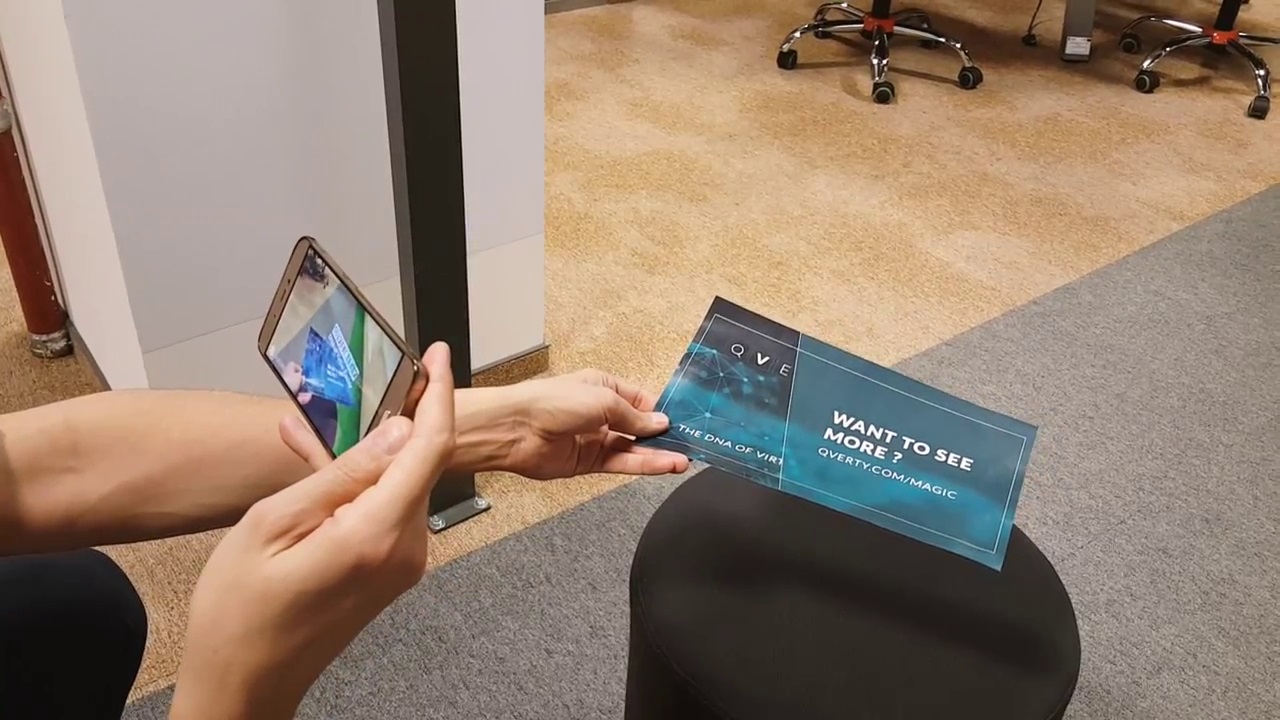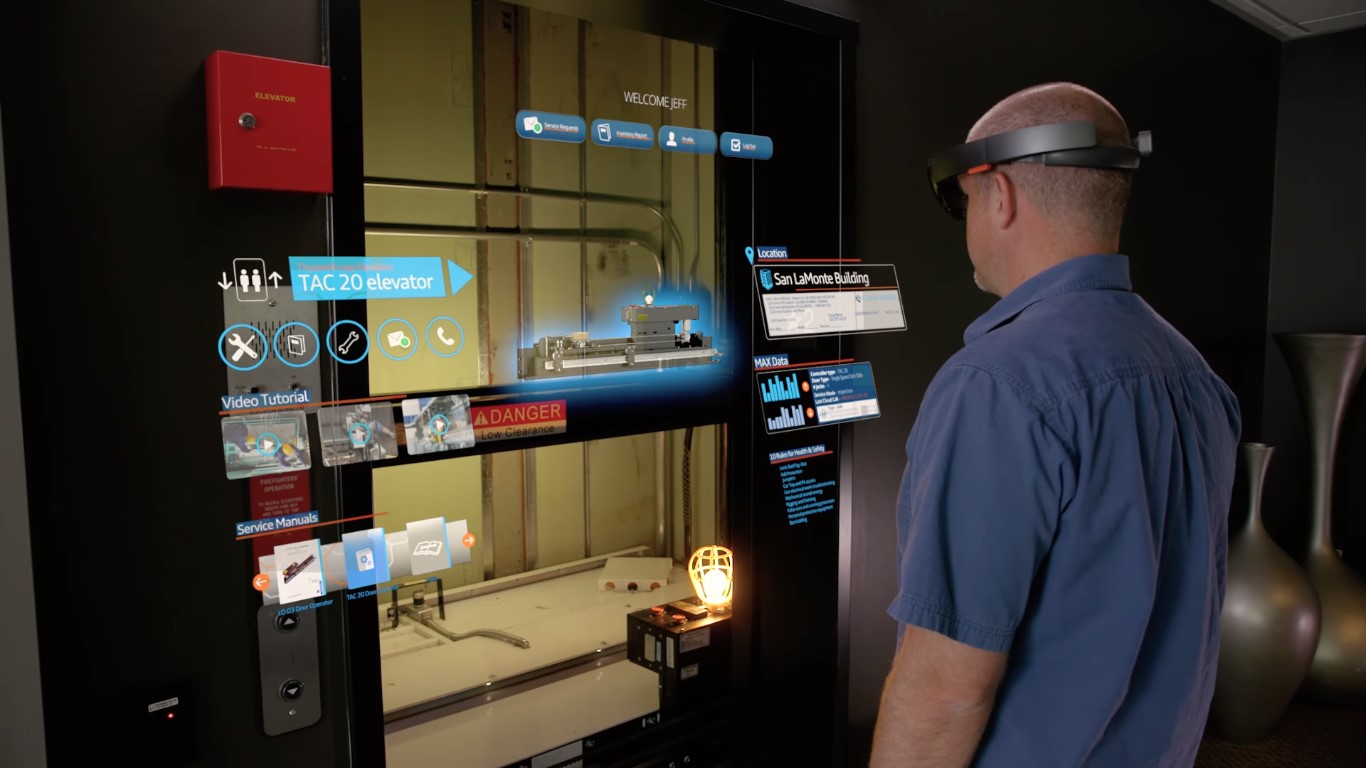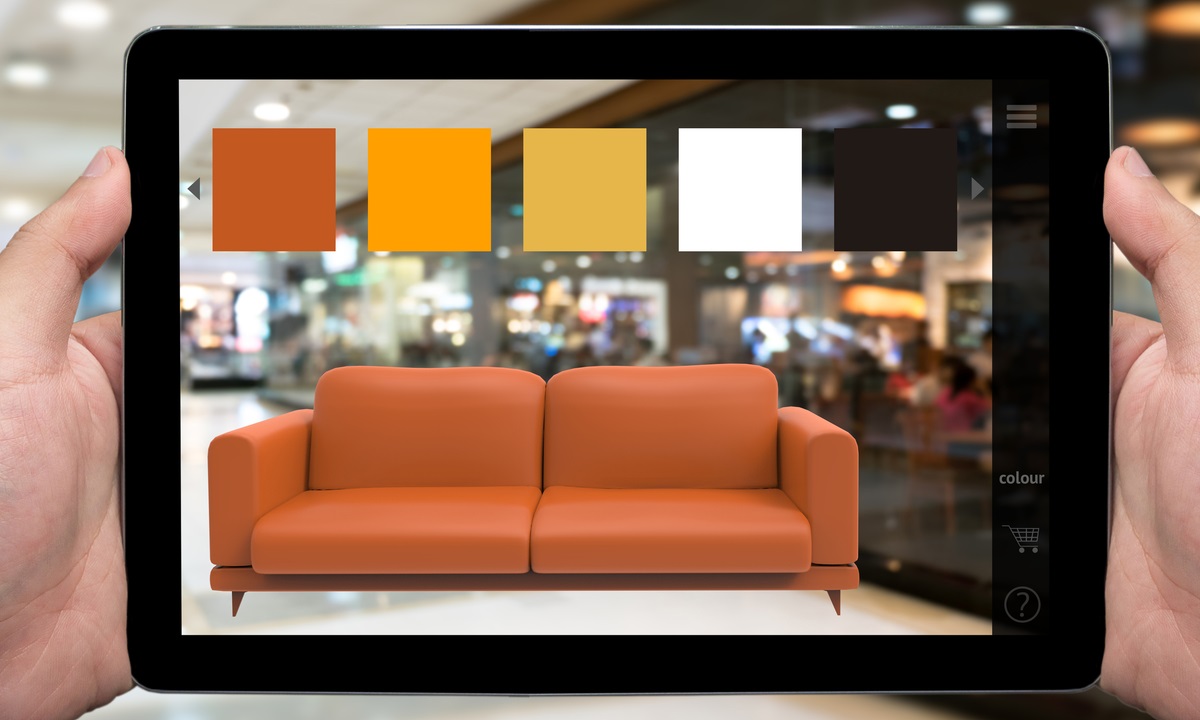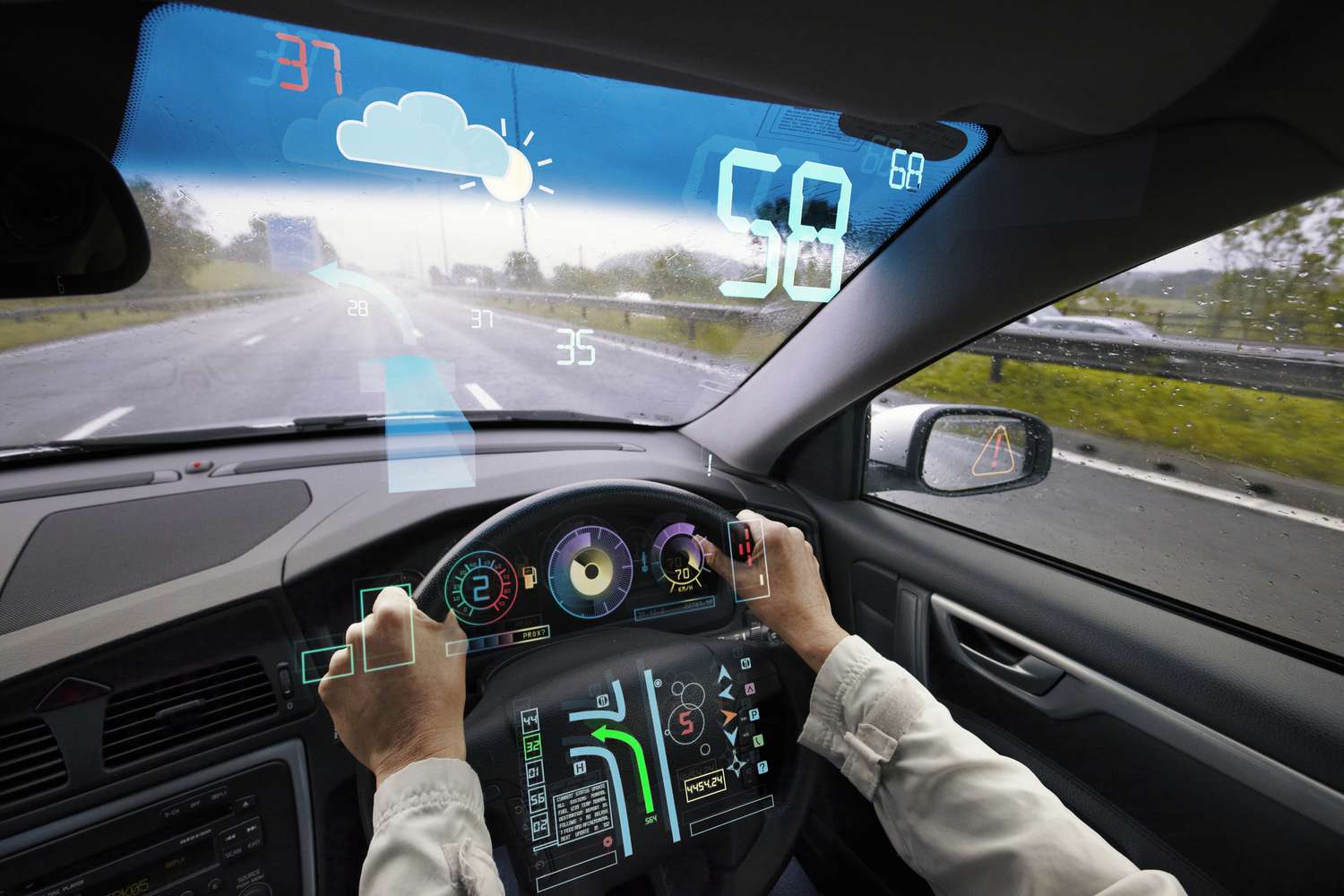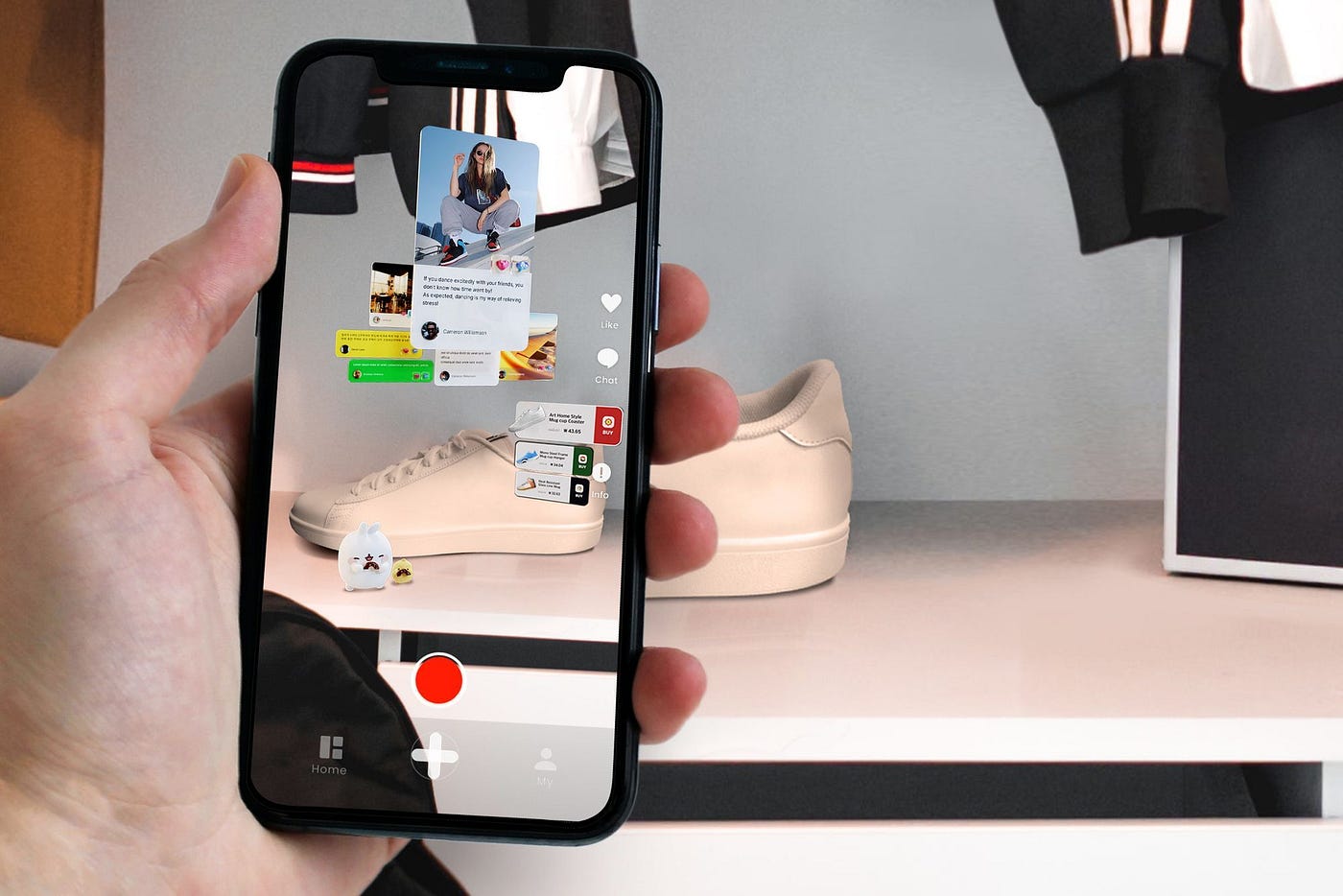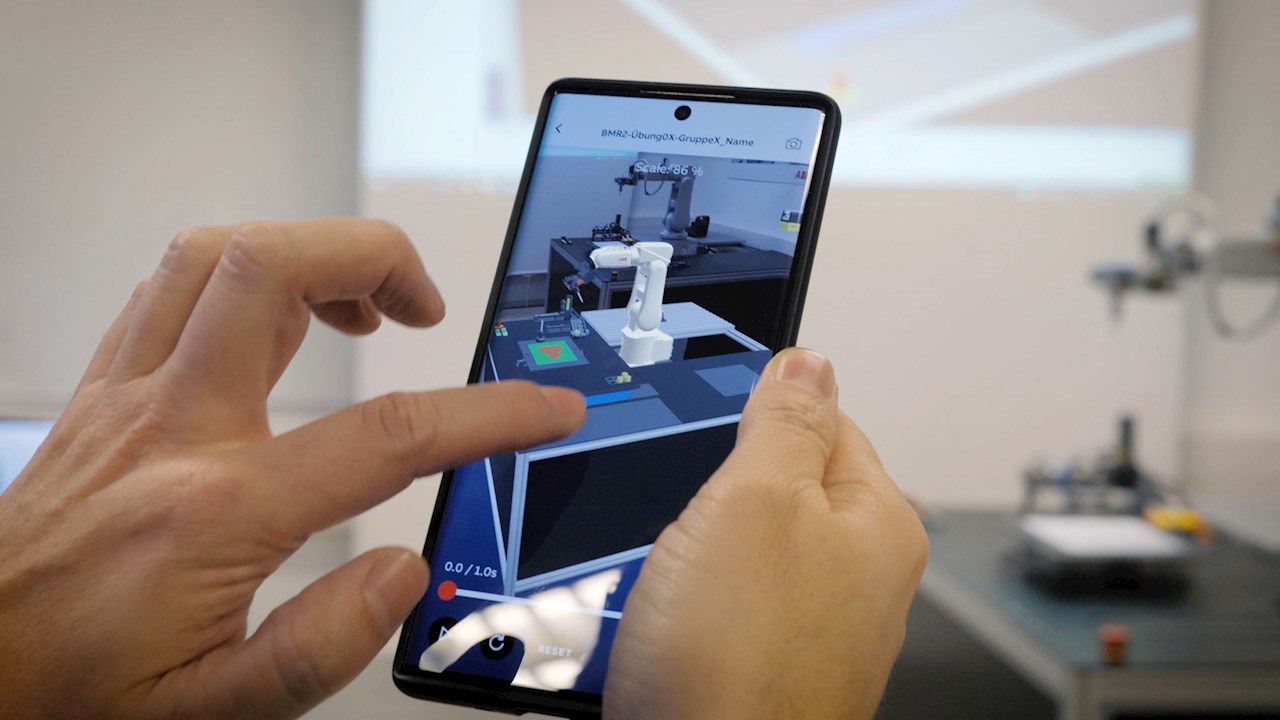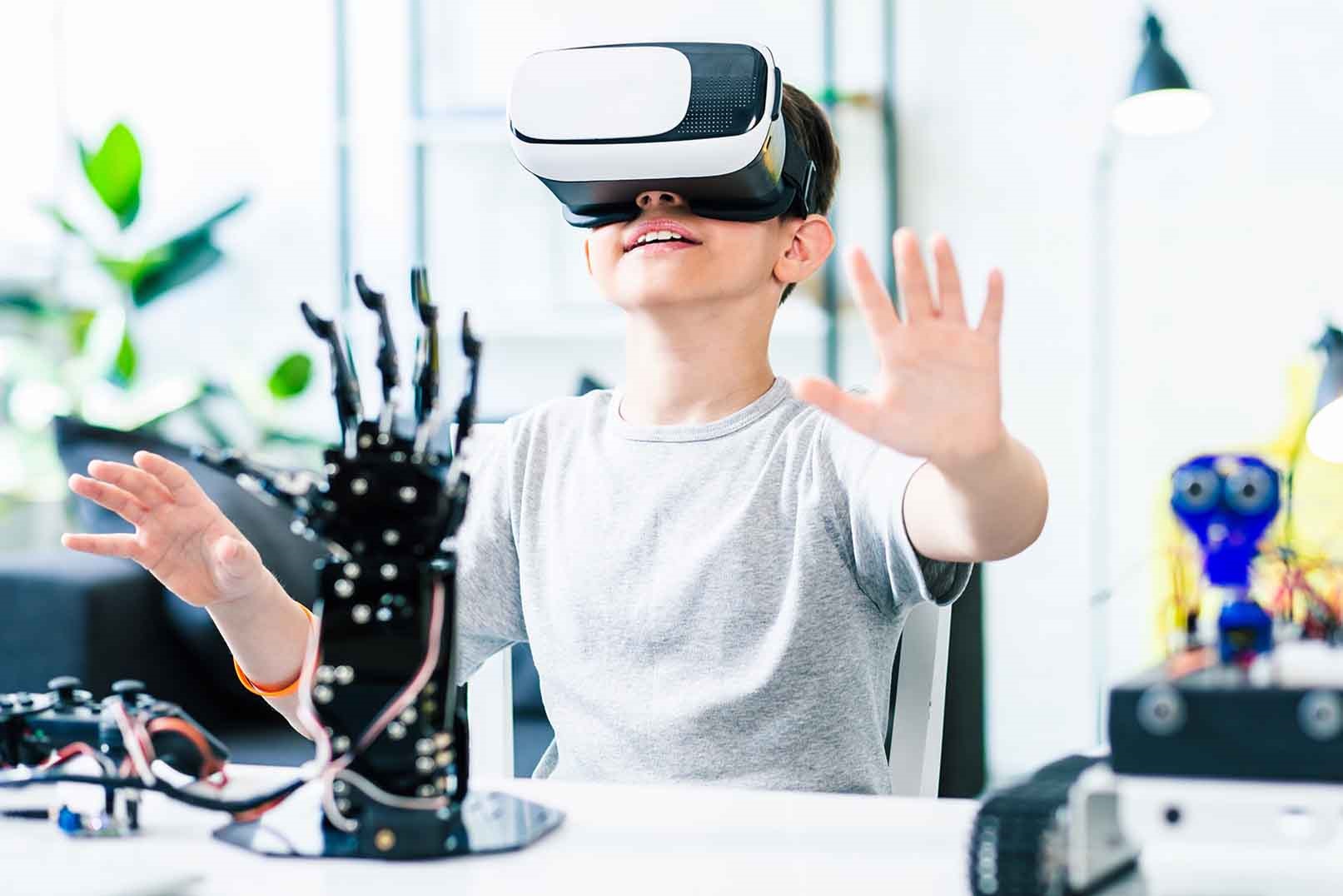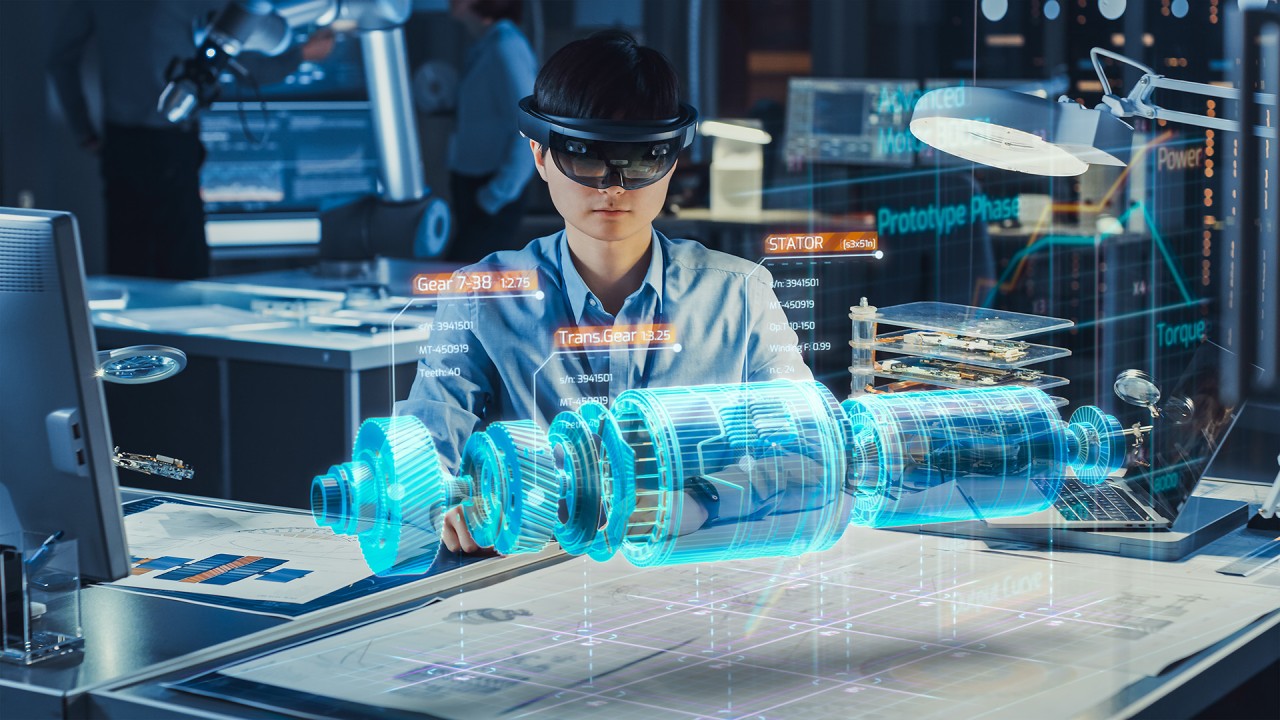Home>Latest News>Technology Trends>Augmented Reality Software: Enhancing Reality with Technology
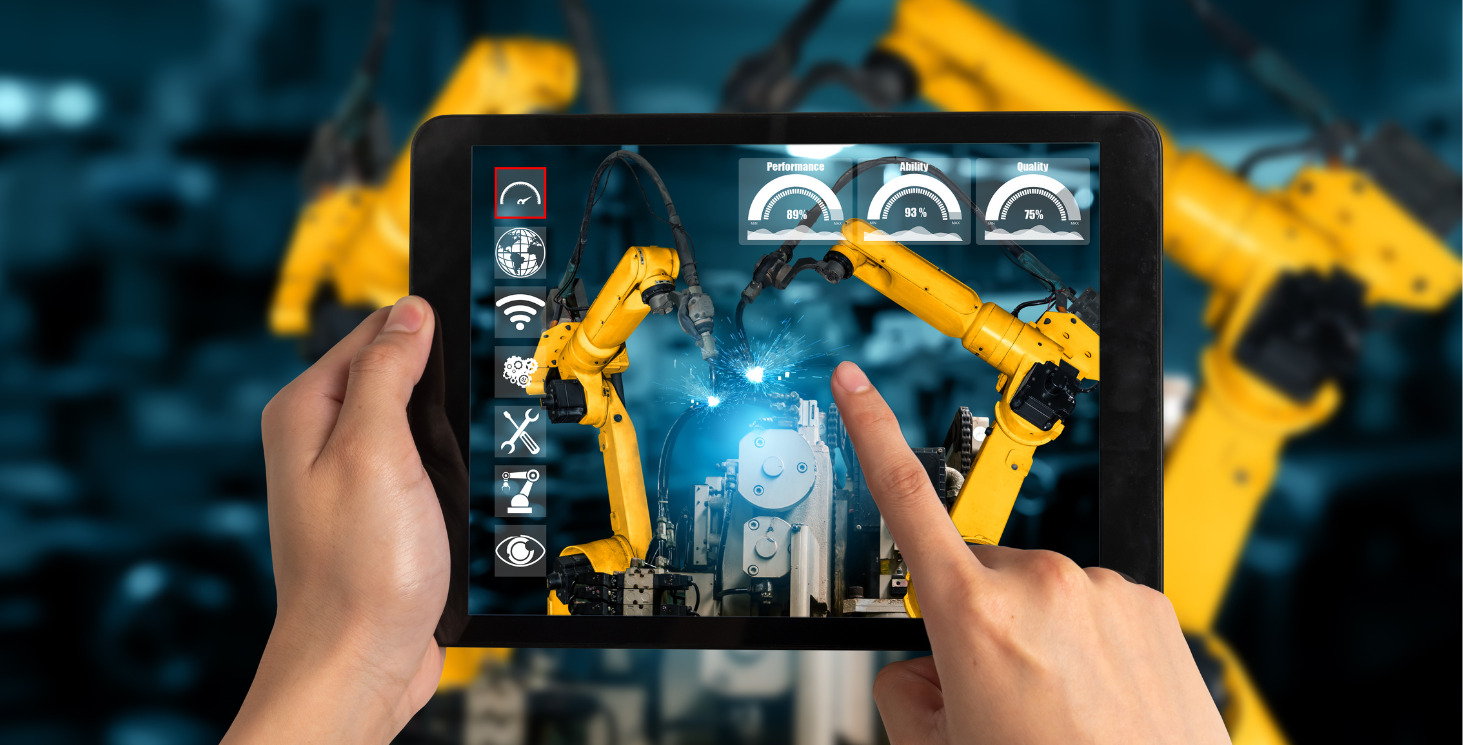

Technology Trends
Augmented Reality Software: Enhancing Reality with Technology
Modified: September 5, 2024
Discover the latest technology trends in augmented reality software and learn how it enhances reality with innovative technology. Explore the future of AR and its impact on various industries.
(Many of the links in this article redirect to a specific reviewed product. Your purchase of these products through affiliate links helps to generate commission for Techsplurge.com, at no extra cost. Learn more)
Table of Contents
Introduction to Augmented Reality
Augmented reality integrates digital information with the user's environment in real-time. Unlike virtual reality, which creates a completely artificial environment, AR users experience a real-world environment with generated perceptual information overlaid on top of it. This technology has been around since the 1990s, with Thomas Caudell coining the term "augmented reality" in 1990 to describe the use of head-mounted displays by electricians assembling complicated wiring harnesses. One of the first commercial applications of AR technology was the yellow first-down marker that began appearing in televised football games in 1998.
Read more: AR Technology: Enhancing the Future
Key Components Powering Augmented Reality Experiences
At the core of AR technology lies a suite of innovative components that transform digital information into a vivid layer over the real world. These components include:
-
Advanced Computer Vision: Crucial for recognizing and interpreting user environments, advanced computer vision enables AR systems to accurately overlay digital content. This component is essential for ensuring that the digital information is correctly positioned and aligned with the real-world environment.
-
Spatial Audio: Spatial audio further immerses users, providing a 3D sound experience that adjusts with user interaction. This enhances the perception of virtual elements in physical spaces, making the AR experience more immersive and interactive.
-
AR Hardware: Including sophisticated sensors and optical displays, AR hardware plays a pivotal role in delivering seamless and interactive AR experiences. These devices range from smartphones and tablets to specialized AR glasses and headsets.
-
Powerful Processing Capabilities: The processing power required to handle complex AR applications is significant. Advanced processors and machine learning algorithms work together to ensure that the AR experience is smooth and responsive, even in real-time.
-
Machine Learning Algorithms: These algorithms are used to improve the accuracy and efficiency of AR applications. They help in recognizing patterns, detecting objects, and providing personalized experiences to users.
Diverse Industries Revolutionized by Augmented Reality Applications
Augmented reality technology has significantly transformed how various industries operate, offering innovative solutions and enhancing user experiences. Here are some of the key industries that have been revolutionized by AR:
Retail
In the retail sector, AR enables customers to virtually try on clothes or preview furniture in their homes before making a purchase. This technology bridges the gap between online and physical shopping experiences, making it easier for customers to make informed decisions. For instance, retailers like IKEA use AR apps to allow customers to see how furniture would look in their homes, enhancing the shopping experience and reducing returns.
Healthcare
In healthcare, AR assists surgeons with complex procedures by overlaying critical patient data during operations. This improves precision and outcomes, making surgeries more efficient and effective. AR also helps in medical training by providing highly detailed, 3D images of different body systems, enhancing the learning experience for medical professionals.
Read more: The Power of Augmented Reality Technology
Education
The education sector has also been transformed by AR. Interactive AR content makes learning more engaging and accessible, transforming traditional classroom settings into dynamic learning environments. Students can use AR to visualize complex concepts, such as 3D models of the human body or historical events, making education more interactive and fun.
Manufacturing
The manufacturing sector benefits from AR by streamlining assembly lines and maintenance processes. Technicians can receive real-time, hands-free instructions and visual aids through AR glasses, enhancing efficiency and reducing errors. This technology also helps in training new employees by providing them with step-by-step instructions and visual guides.
Real Estate and Architecture
Professionals in the real estate and architecture sectors leverage AR to offer virtual tours of properties and visualize architectural changes before they are made. This facilitates better decision-making and customer satisfaction, as potential buyers can see how a property would look with different layouts or renovations.
Entertainment
The entertainment industry has also embraced AR to create immersive experiences in gaming and live events. AR technology enhances the gaming experience by overlaying digital information onto the real world, making games more interactive and engaging. In live events, AR can be used to create interactive experiences for audiences, such as virtual try-ons or interactive exhibits.
How Does Augmented Reality Work?
Augmented reality is deliverable in a variety of formats, including within smartphones, glasses, and headsets. The primary method of delivering AR involves using either marker-based or markerless techniques. Marker-based AR applications are written in special 3D programs that let users interact with virtual objects by recognizing specific markers or patterns.
Marker-Based AR
Marker-based AR uses special markers or patterns to trigger the display of digital information. For example, in Pokémon Go, players use their smartphones to capture virtual Pokémon that appear in the real world. The game uses GPS and camera data to superimpose virtual characters onto real-world locations, creating an immersive gaming experience.
Markerless AR
Markerless AR, on the other hand, does not require any specific markers to function. Instead, it uses advanced computer vision and machine learning algorithms to detect and track objects in the real world. This method is more flexible and can be used in a wider range of applications, from virtual try-ons to interactive exhibits.
Future of Augmented Reality Technology
Augmented reality technology is growing steadily as the popularity and familiarization of apps and games like Pokémon Go or retail store AR apps increase. Companies like Apple and Google continue to develop and update their AR development tools, such as ARKit and ARCore, which provide advanced features like high dynamic range 4K rendering and per-pixel depth information.
Advancements in AR Hardware
Improved AR hardware is also being released, such as the Meta Quest 3 headset and Apple Vision Pro. These headsets offer more advanced features like higher resolution displays, improved tracking systems, and enhanced spatial audio. These advancements are expected to further enhance the AR experience, making it more immersive and interactive.
Future Applications
Other potential future advancements for AR include the use of artificial intelligence for face and room scanning, object detection and labeling, as well as for text recognition. The expansion of 5G networks could also make it easier to support cloud-based AR experiences by providing AR applications with higher data speeds and lower latency.
Examples of Augmented Reality Applications
Augmented reality has been incorporated into various industries, providing unique solutions and enhancing user experiences. Here are some examples of AR applications:
Retail Store Catalogs
Retailers have developed AR technologies designed to enhance the consumer shopping experience. For instance, store catalog apps allow consumers to visualize what different products would look like in different environments. When buying furniture, shoppers can point their camera to the appropriate room, and the product will appear in the foreground, giving them a better idea of how it would fit into their space.
Read more: The Advantages of Augmented Reality
Medical Training
Augmented reality has become a powerful learning tool for training medical professionals. AR apps enable users to see highly detailed, 3D images of different body systems when they hover their mobile devices over a target image. This helps in understanding complex anatomical structures and procedures, making medical training more effective and engaging.
Interactive Exhibits
In the entertainment industry, AR can be used to create interactive exhibits that captivate audiences. For example, museums can use AR to provide visitors with additional information about exhibits, such as historical context or behind-the-scenes stories. This enhances the visitor experience, making museums more engaging and informative.
Understanding Augmented Reality Display Technologies
Augmented reality displays can provide a quality view of real and virtual objects by integrating different technologies, including tracking technologies, display technologies, AR tools, collaborative AR, and applications of AR. The development of new interfaces for AR involves several stages, including demonstrating prototypes, adopting interaction techniques from other interface metaphors, developing new interface metaphors appropriate to the medium, and formal theoretical models for modeling user interaction.
Final Thoughts
Augmented reality software is transforming the way we interact with our surroundings, enhancing reality with technology. From retail to healthcare, education to entertainment, AR is revolutionizing industries by providing innovative solutions and enhancing user experiences. As technology continues to advance, we can expect even more sophisticated AR applications that will further blur the lines between the physical and digital worlds. Whether it's virtual try-ons in retail or interactive exhibits in museums, AR is here to stay, shaping the future of how we live, work, and play.

